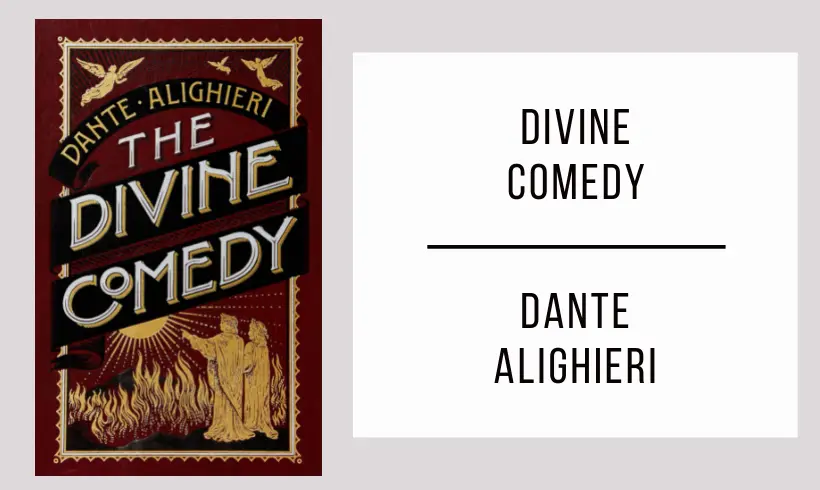The Divine Comedy by Dante Alighieri is a masterpiece of world literature, an epic journey through Hell, Purgatory, and Paradise that explores redemption and the pursuit of truth.
We invite you to discover this literary treasure for yourself! Download a free copy in PDF format and immerse yourself in the fascinating world of the Divine Comedy.
Let yourself be captivated by the poetry and depth of this immortal work. Experience the emotions and wisdom that only Dante Alighieri can offer.
The Divine Comedy in PDF format
*Wait a few seconds for the document to load, the time may vary depending on your internet connection. If you prefer, you can download the file by clicking on the link below.
Loading fileInformation The Divine Comedy
- Author: Dante Alighieri.
- Publication Date: Written between 1308 and 1320.
- Main Characters:
- Dante: The protagonist and author of the work.
- Virgil: Dante’s guide through Hell and Purgatory.
- Beatrice: Dante’s muse and guide in Paradise.
- Brief Summary: “The Divine Comedy” is an epic poem that narrates Dante’s journey through Hell, Purgatory, and Paradise in search of redemption. Accompanied by Virgil and later by Beatrice, Dante encounters various historical and mythological figures while exploring themes of sin, redemption, and the divine nature.
- Thematic Analysis: “The Divine Comedy” addresses themes such as divine justice, morality, sin and redemption, and the quest for truth and salvation. It also reflects on the politics and religion of the time.
- Historical Context: “The Divine Comedy” was written in 14th-century Italy, a period of political and cultural turmoil. Dante Alighieri created this masterpiece in the context of conflicts between political factions and the influence of the Church on the life of medieval Italian society.





